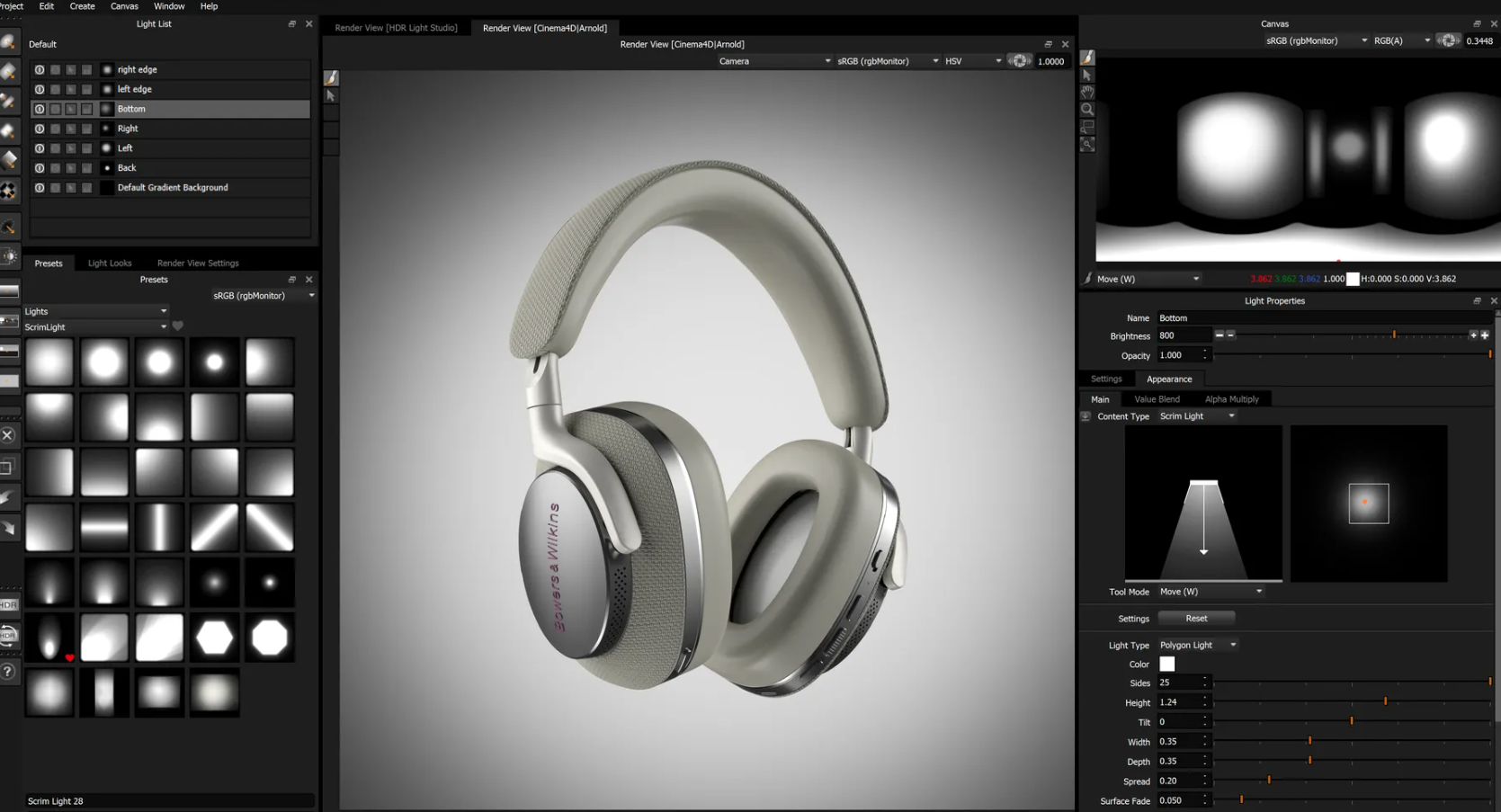3D content is a powerful tool to add interactivity to a customer’s buying experience.
Customers love interacting with products in 3D before making purchases, especially for higher-priced items. But adding 3D content also has measurable, highly impactful benefits for retailers.
The automotive industry was one of the first industries to invest heavily in 3D content. Car configurators are an integral part of the buying process for many vehicle brands.
This makes sense, as vehicles are high-ticket items–brands can invest in the infrastructure and skilled designers needed to create and serve 3D content.
With new technologies, though, other ecommerce brands are starting to get involved in the 3D space.
As as they do, they’re finding that adding 3D content to their existing sales pages and buying processes results in massive increases in their conversion rates, lower returns, and happier customers.
How 3D Content Boosts Conversions
Multiple studies have shown that adding 3D content to a product page increases conversions.
eBay was one of the first e-commerce companies to experiment with 3D. As part of an award-winning campaign , the online auction company provided 3D visualizations of selected sneakers on their product pages.
The results were striking. eBay’s engagement rates soared 105% higher than they projected, the 3D content obtained 160% more clicks than expected, and eBay’s conversion rates increased.
Time and time again, follow-up studies on other platforms have borne out these results.
A study on Shopify found that adding 3D content to a listing page increased conversions by 94%. A similar study on Amazon showed a significant increase in conversions.

As Cumming shared, “We’ve seen conversion rates increase by 300% or more for many ecommerce brands when adding 3D content to a sales page.”
3D Content Reduces Returns
Returns are a massive headache for any e-commerce brand. They cut into margins and add time and costs to your process.
Multiple studies—and our own data here at CGI.Backgrounds—indicate that adding 3D content to an e-commerce shopping experience reduces returns substantially.
Why would that be? Customer returns are driven by unexpected aspects of a product, or by a lack of information provided to the customer before purchase.
We’ve all had the experience of purchasing an item online, only to discover that when it arrives, it is substantially larger or smaller than we expected—or even a totally different shape or color!
When these kinds of surprises occur, customers often return the item, adding costs for the retailer.
3D content helps to reduce this by allowing customers to fully interact with a digital twin of the product before making a purchase. Because they’re able to visualize its size, shape, color, and more, they’re less likely to be surprised when it does arrive, and they’re thus more likely to keep it.
Increasingly, customers also purchase a product in order to try it out, with the intention of returning it if it doesn’t meet their needs.
Often, customers do this because they don’t have enough information about the product before making a purchase. With incomplete information, they figure that they might as well purchase the product, see what it’s like, and then return it if they don’t like it.
Adding 3D content in the form of virtual try-on or configurators helps to fill this information gap for customers without the costly process of shipping a product and processing a return.
We’ve found that customers can interact with the 3D digital twin instead of having the product shipped to them, satisfying their curiosity without needing to have the actual product in hand.
This helps them decide whether the purchase is really for them before pressing the Buy button.
With this increased information, customers are less likely to purchase an item simply to try it out–and when they do make a purchase, they’re less likely to send it back, because they are more confident in their buying decision.
The digital try-on or vehicle configurator replaces the more costly physical one, which is good news for retailers.
Quality Matters
Although good 3D content can massively boost conversion rates and lead to lower returns, bad 3D content can actually hurt a brand.
When customers interact with a poor-quality digital twin of a product, it can give them inaccurate information about the product's quality or appearance.
This can paradoxically prevent them from buying the product. A shoddy 3D experience suggests a shoddy product, and customers can tell.
The result is lower conversion rates and potentially more returns, rather than fewer.
For that reason, brands that choose to implement 3D content need to do it right. This means sourcing, creating and editing high-quality, visually accurate digital twins and environments that perfectly represent the real-life product.

We’ve found that creating a high-quality configurator or online 3D experience is key to this process. CGI.Backgrounds’ professional-quality HDRi Maps provide beautiful backgrounds and real-world lighting data to present products in their best possible light (literally and figuratively!)
We work with e-commerce brands to provide both visuals and the HDRi data needed to create high-quality 3D experiences that drive customer conversions rather than driving customers away.
Want to learn more about using 3D content to boost your e-commerce success? Join our free newsletter or try out our industry-leading RAY.HDRi Maps in your own 3D experience by creating a free CGI.Backgrounds account.
Top
